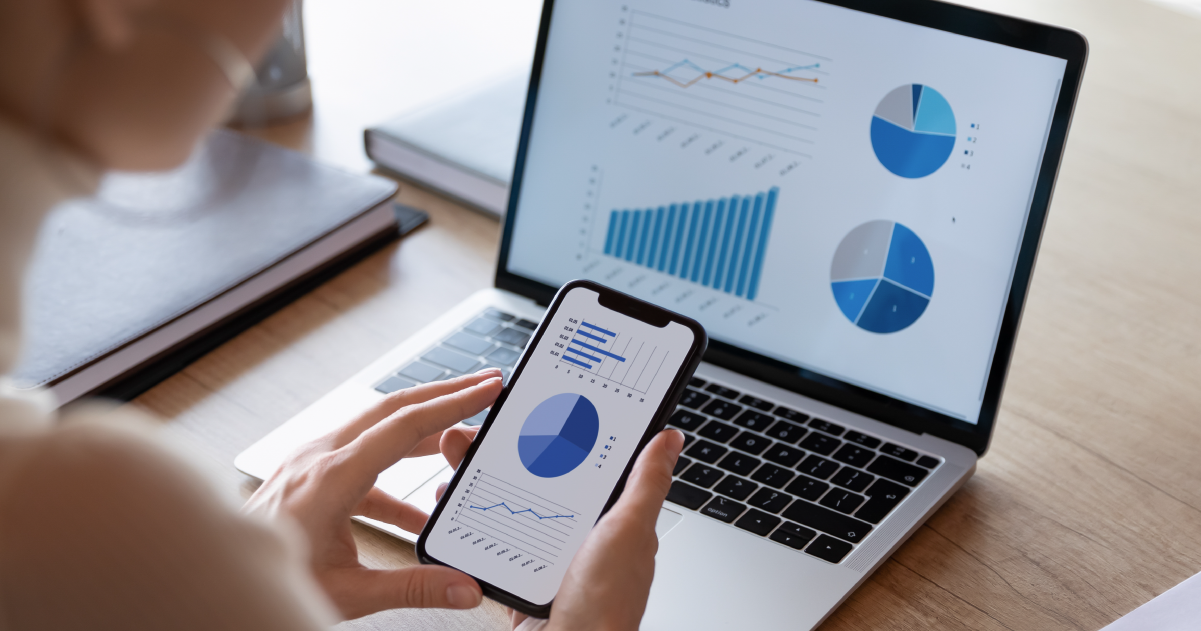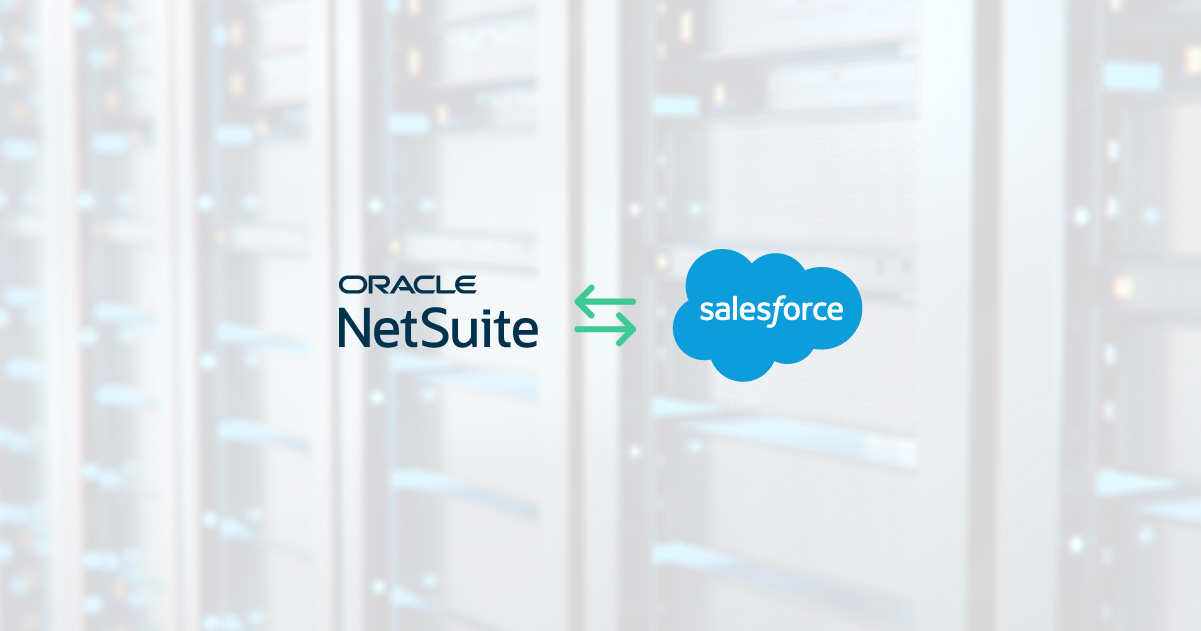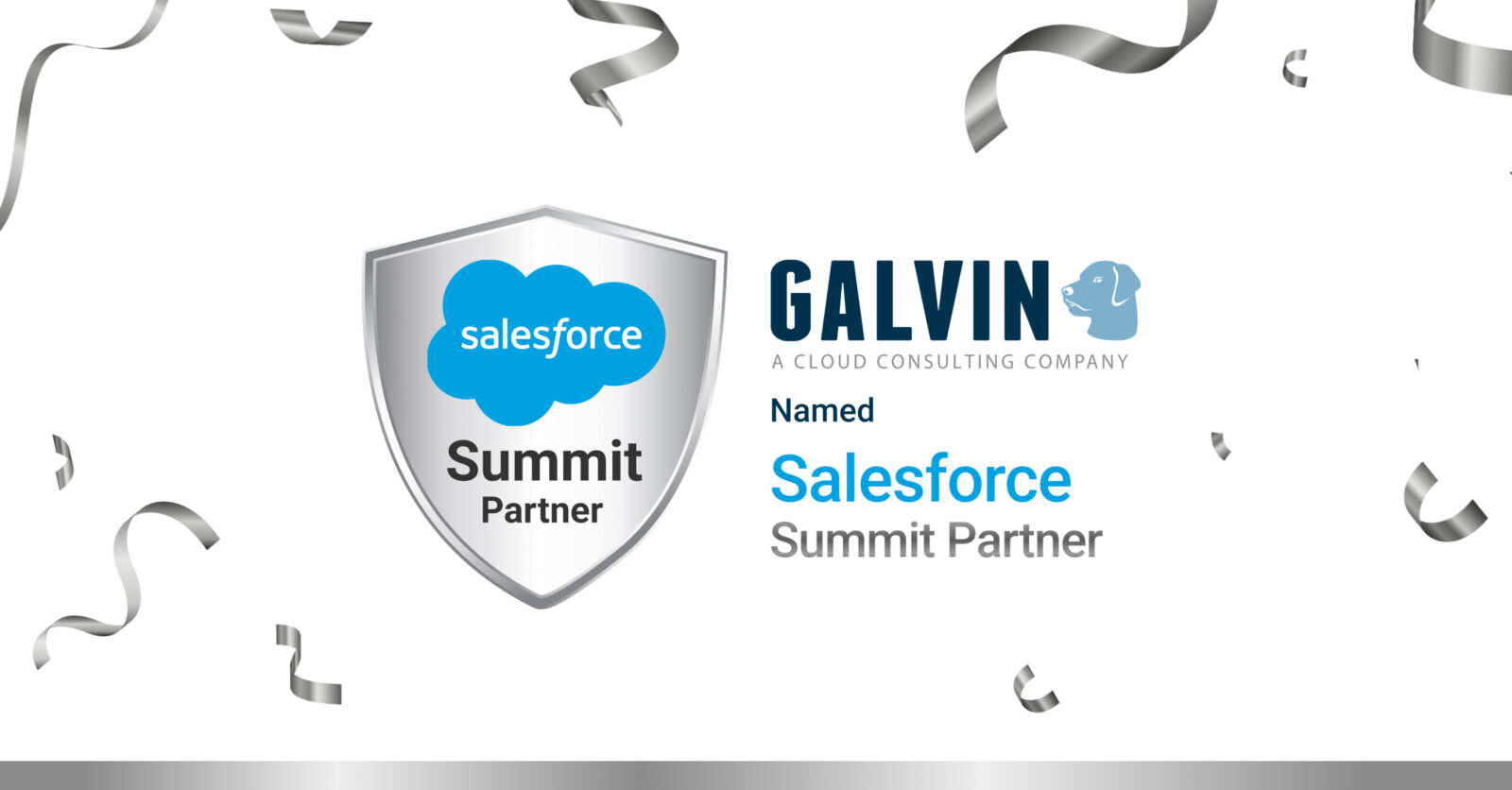Improving Client Relationships with a Simple “Touch” Report in Your CRM
Essentially, every Salesforce Solutions project we take on has numerous requirements that need to be configured or developed. Across all of these, there is always one universal objective: improving client touches. Eventually, in every project, there is a moment where an executive, sales manager or sales rep sits back in frustration because they are not in front of their clients or prospects as much as they would like to be because, let’s face it, companies that are in the pipeline and seem to be ready to buy always get the most attention. Every sales person is constantly struggling with the desire to keep in front of clients who have previously made purchases. They may not necessarily want to sell them something, but they want to create the touch-point, say hello, or send them an article to let them know they are remembered. Even this simple task is nearly impossible to keep on top of if your contacts are not well-organized.
If this feels like you then read on. If you have this figured out, or have a differing opinion, I invite you to let us know your thoughts in the comments area below this blog.
For those of you with a CRM package, or those of you with plans to add a CRM package to your arsenal, here are some ideas on how to better manage your ability to keep in front of clients and prospects, even when they are not ready to buy.
- Rank Every Contact– Good sales people spend a majority of their time with high probability prospects and clients while nurturing relationships with those who have potential to be high value. You can get to this level quickly by first ranking every contact you own. Within your CRM create a required dropdown field called “Classification” and give it values of “A”, “B”, “C”, “D”, “X”. Define what each classification means. For example, an “A” classification could mean you are supposed to touch them once a month and a “B” classification means you are supposed to touch them once a quarter and so on.
- Track Every Single Activity – This is not as painful as it sounds, and it actually becomes quite easy and motivating once you figure out the rewards. Every single time you you have a touch-point with a client, track that activity in your CRM. For example, you may have just called a prospect and discussed an opportunity coming up in seven months. When you hang up the phone, go into your CRM and create a completed task of “Phone Call” to that contact. Now you have that activity recorded, classify the client as a “B,” and remember to get back with him next quarter.
- Create and Run “Touch” Reports – Create a report in your CRM that pulls all of your contacts scheduled to be touched in the next wee and filters them by classification. Run this report at the beginning of every week and use it as your call log.
Now, For An Example
Here is an example of how this could work utilizing Salesforce.com CRM.
- William has just gone into an evening business event and had a conversation with Alan, a Program Manager at Acme Corporation. During the conversation, William decided it would make sense to connect for a meeting.
- When William gets into the office, he adds Alan and Acme Corporation to his Salesforce.com account, giving Alan a rating of “B” — which means that it is best to keep in touch with Alan quarterly.
- The next day, William calls Alan and sets up a meeting for later in the week. During the meeting, William realizes that his company has a solution that Alan can use. Alan says that he is not ready to buy but would like to revisit the idea in the next 8-9 months.
William is now in a situation where he knows his solution is exactly what Alan needs. He and Alan get along great and have a lot in common. If William waits seven months to follow up with Alan, however, he runs the risk of losing that relationship, or even worse, letting the competition get in front of Alan more often during the interim. Currently, William has to spend time with clients who are ready to buy now, but doesn’t want to lose momentum with Alan. Here is how William should use Salesforce.com to stay in front of Alan.
- In Salesforce.com, William records an activity that he had a meeting with Alan and attaches all of his notes.
- He changes Alan’s classification from a “B” to an “A”. Why? Because he knows that Alan wants a solution in 8-9 months. If William keeps Alan classified as a “B” then he will only touch him twice before he is ready to buy. That timing won’t let William build a strong relationship with Alan.
- Each month William runs his “Touch Report.” In 30 days he sees Alan’s name appear on the list. William sends him an email with a link to a recent industry publication and marks this activity in Salesforce. Alan is now of William’s monthly touch report, but reappears 30 days later. This time William makes it a point to drop by Alan’s office and drop off literature on his proposed solution. Again he marks this activity in Salesforce, and 30 days later Alan appears in the Touch Report for a third time.
William has strengthened his relationship with Alan and is positioning himself in front of his client on a regular enough basis that he has established a significant level of trust between the client and himself. As he nears the 7-month mark, he can now better gauge the timing of setting up a second meeting to discuss his company’s solution with Alan and, hopefully, close the deal.
Every sales person is judged on revenue and activity. Make sure your CRM, is configured in such a way that it allows salespeople to record all of their client-related activity. Above all, don’t let your touch list get out of control. Make sure you adjust contact classifications often so that you are confident that you are spending the right time with the right people. If you are interested in more details about this process, feel free to contact me or place a comment below, and I would be happy to discuss it with you.












